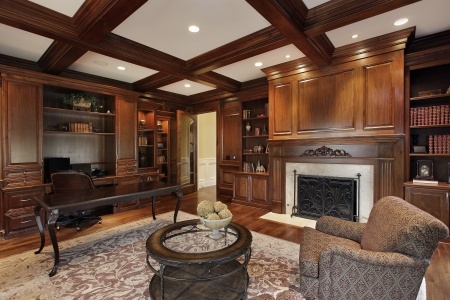 In building and renovation, few rules hold true all the time. However, a number of useful notions lead to predictable outcomes most of the time. Unfortunately, many of these notions are forgotten when we concentrate on making ideal decisions throughout the course of the work. We lose sight of how each decision relates to the bigger project picture.
In building and renovation, few rules hold true all the time. However, a number of useful notions lead to predictable outcomes most of the time. Unfortunately, many of these notions are forgotten when we concentrate on making ideal decisions throughout the course of the work. We lose sight of how each decision relates to the bigger project picture.
The following is a list of some commonsense ideas that almost always have a positive impact on a construction endeavor.
• Clients are in the difficult business position of dealing with people who know more about design and construction than they do. In this vulnerable situation, the best strategy is to choose professionals of unquestionable integrity.
• To secure the greatest benefit from the knowledge that consultants and builders posses, allow them to do their work in the manner that their training and experience have proven will be most effective.
• Clients who receive the best service are those from whom trust is ample, enthusiasm is overt and information is complete.
Maintain the right attitude
• Building anything is an act of joy and optimism. It’s also a learning experience. Anxiety is a normal part of that experience, but anxiety must not control the outcome of the work.
• The only adversarial relationship that is productive on a building project is the one that everyone should have with the artistic, technical and financial challenges that the work itself presents.
• Building a house is not an industrial process. It is hand labor, at a site, involving dozens of components that have to work and fit together as well as possible. Expectations for the quality of the work should reflect these characteristics.
About project costs
• Accurate cost estimates are based on facts; inaccurate estimates are usually the result of guessing. Financial risk in building is reduced by developing as much specific design information as possible before construction begins.
• The complexity of both design and construction work is often underestimated.
• Many people believe that they know a good deal about architectural design. What they do not realize is how much more they need to know to do design well, with distinction, refinement and grace.
• Architects have the patience to plan. Builders have the savvy to improvise. Improvisation, however, is not a substitute for planning. The purpose of planning is to achieve predictable results. The purpose of improvising is to maintain work progress.
• For construction to be done efficiently, most design decisions need to be made in advance of building. If made during construction, these decisions can interrupt the work flow and increase its cost. Late design decisions are also more difficult to incorporate into the rest of the design.
• A construction project involves people with wide variations in skill, experience, intelligence and desire. Effective project management optimizes the conditions that allow people to perform at their best. Allow the builder to communicate directly with the trades. Candid communication with the builder, not the trades, is vital to minimize construction problems.
• Good people care. The end result shows why.